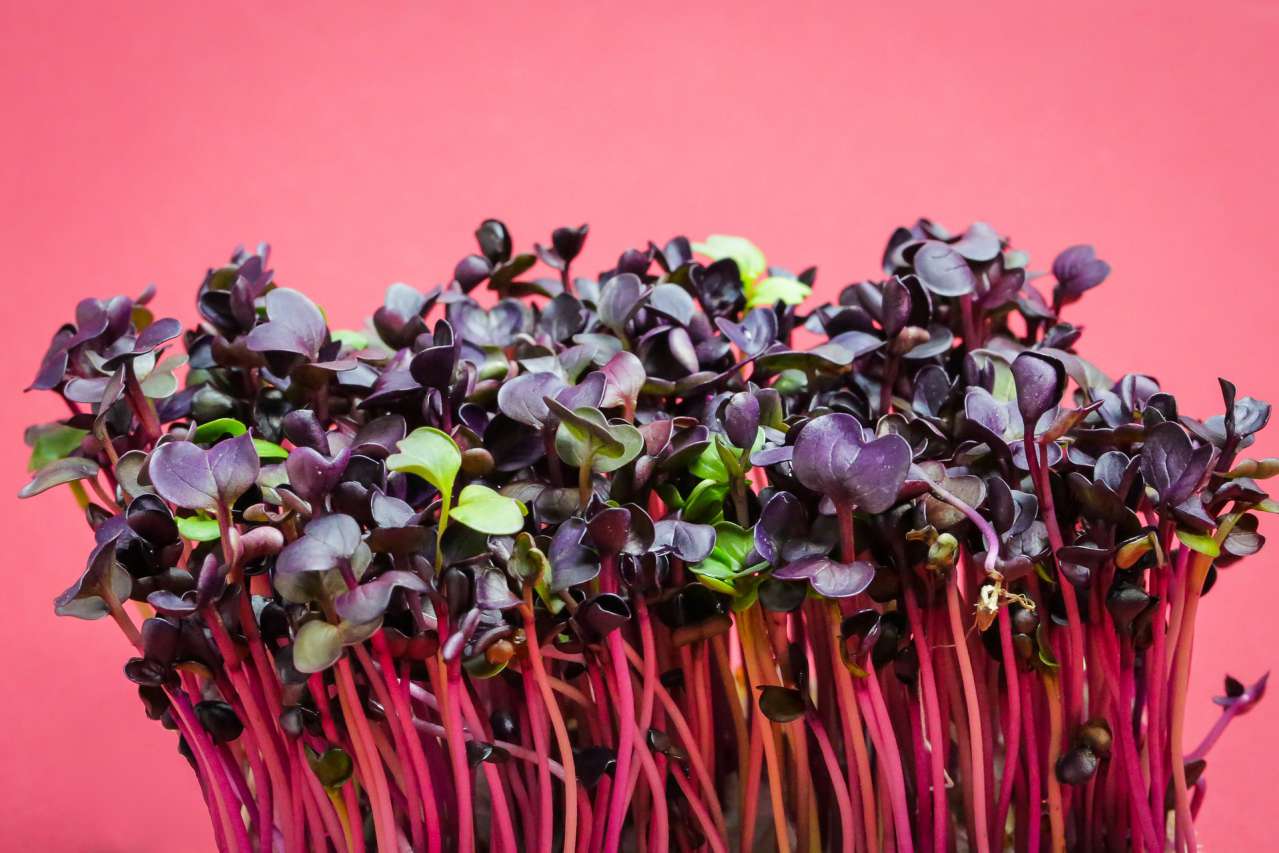Watercress is a natural source of one of the best-known immune-supporting nutrients: vitamin C.
Vitamin C deficiency is associated with weakened immunity and a higher likelihood of infections.
What else is useful for watercress
Watercress is a rich source of iron, folic acid, calcium, vitamins C, E and A. 50 g of watercress contains 35 mg of vitamin C. A serving of raw watercress contains 32 calories, 2.6 mg protein, 4.4 mg sugar, 0.7 mg fat, 1.1 mg fiber, as well as carotenoids, mustard oil and antioxidants.

How to eat watercress
Nutritionists recommend including fresh watercress in your diet, for example in salads.
The plant can also be added to pastas, sandwiches, omelettes, soups, casseroles and sauces, like any greens.
In addition, roasted watercress has a delicate and slightly spicy taste.
What is the best way to store watercress
At room temperature it can be stored for about one day.
It can be stored in the refrigerator at a temperature of three to five degrees in packaging or cling film for up to one week.
Therefore, watercress must be processed and eaten as quickly as possible so that it does not lose its taste and appearance.











